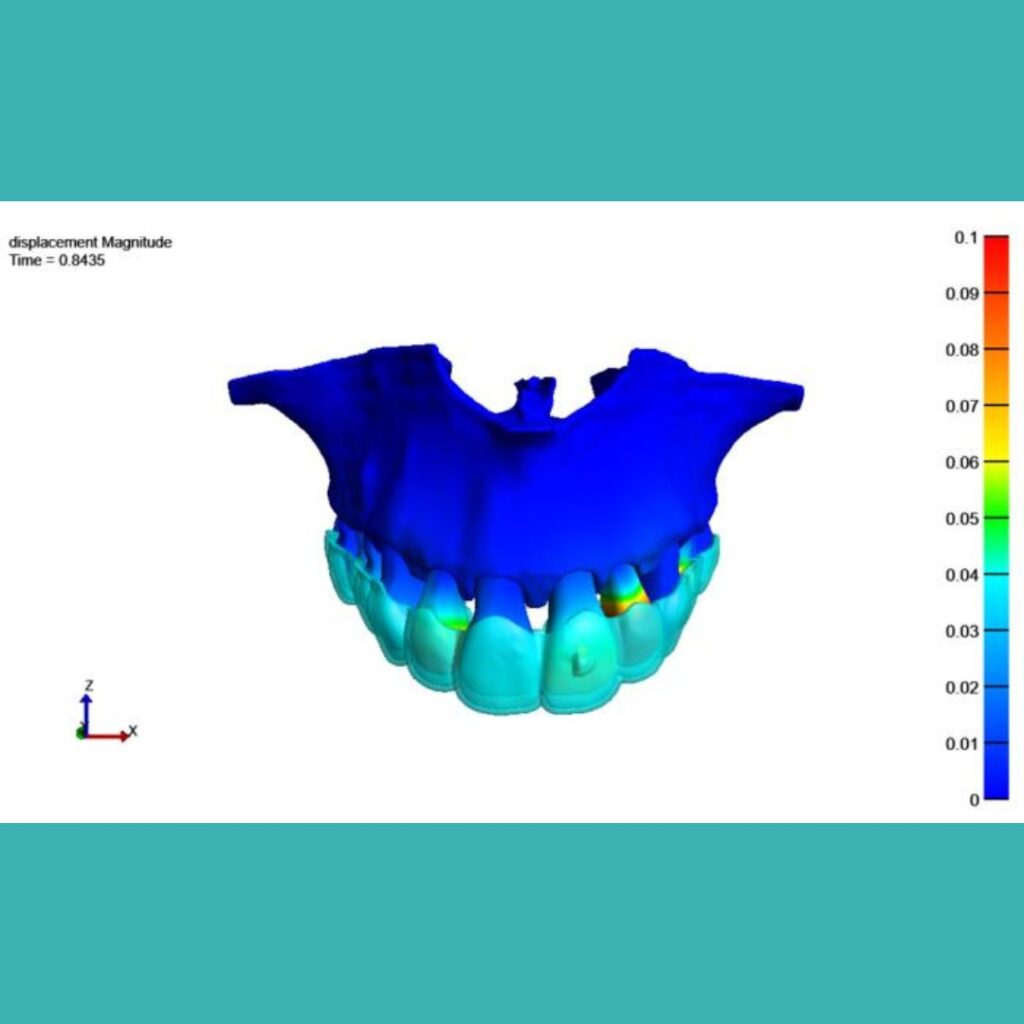Straightening teeth? AI Can Help

A new tool being developed by the University of Copenhagen and 3Shape will help orthodontists correctly fit braces onto teeth. Using AI and virtual patients, the tool predicts how teeth will move, so as to ensure that braces are neither too loose nor too tight. Many of us remember the feeling of having our braces regularly adjusted and retightened at the orthodontist’s office. And every year, about 30 percent of Danish youth up to the age of 15 wear braces to align crooked teeth. Orthodontists use the knowledge gained from their educations and experience to perform their jobs, but without the possibilities that a computer can provide for predicting final results. A new tool, developed in a collaboration between the University of Copenhagen’s Department of Computer Science and the company 3Shape, makes it possible to simulate how braces should fit to give the best result without too many unnecessary inconveniences.
The tool has been developed with the help of scanned imagery of teeth and bone structures from human jaws, which artificial intelligence then uses to predict how sets of braces should be designed to best straighten a patient’s teeth.
Digital twins can improve treatment
Researchers created a computer model that creates accurate 3D simulations of an individual patient’s jaw, and which dentists and technicians can use to plan the best possible treatment.
To create these simulations, researchers mapped sets of human teeth using detailed CT scans of teeth and of the small, fine structures between the jawbone and the teeth known as peridontal ligaments – a kind of fiber-rich connective tissue that holds teeth firmly in the jaw.
This type of precise digital imitation is referred to as a digital twin – and in this context, the researchers built up a database of ‘digital dental patients’.